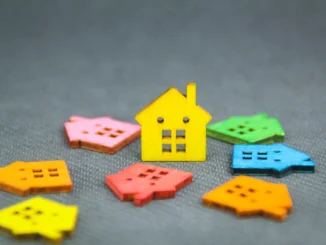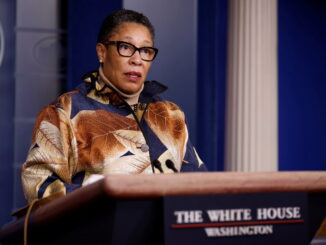
The U.S. Department of Housing and Urban Development (HUD) on Monday released a new guidebook that highlights support for the expansion of high-speed broadband internet service to public housing authorities, multifamily owners and operators, and Native American tribal communities in urban and rural areas.
The guidebook outlines the funding program mechanics and how these areas can ensure that they receive funding for the creation of high-speed internet service.
“Online participation is a necessary resource to thrive in today’s society,” HUD Secretary Marcia Fudge said in a statement. “We are committed to making sure every home has access to high-speed internet, through initiatives like HUD’s ConnectHome and the Bipartisan Infrastructure Law’s Affordable Connectivity Program. We are so grateful to the NTIA for their support in developing this useful resource and we look forward to the continued partnership between our agencies.”
The construction of broadband internet infrastructure falls under HUD’s directive to create more equitable access to the internet.
“To address the urgent need to connect everyone in America to affordable and reliable high-speed Internet service, the Biden-Harris Administration and Congress have provided historic levels of funding for high-speed Internet service through the $65 billion Internet for All initiative,” HUD said in its announcement of the guidebook.
The Broadband Equity, Access, and Deployment Program (BEAD) and the Digital Equity Act programs are overseen by the U.S. Department of Commerce’s National Telecommunications and Information Administration (NTIA). BEAD will provide $42.45 billion to connect “unserved and underserved” communities across all 50 states, Puerto Rico and the District of Columbia.
Digital Equity Act programs will provide an additional $2.75 billion to provide urban and rural communities nationwide with devices and digital skills training to allow more communities to access the internet, an increasingly important part of daily life for Americans.



